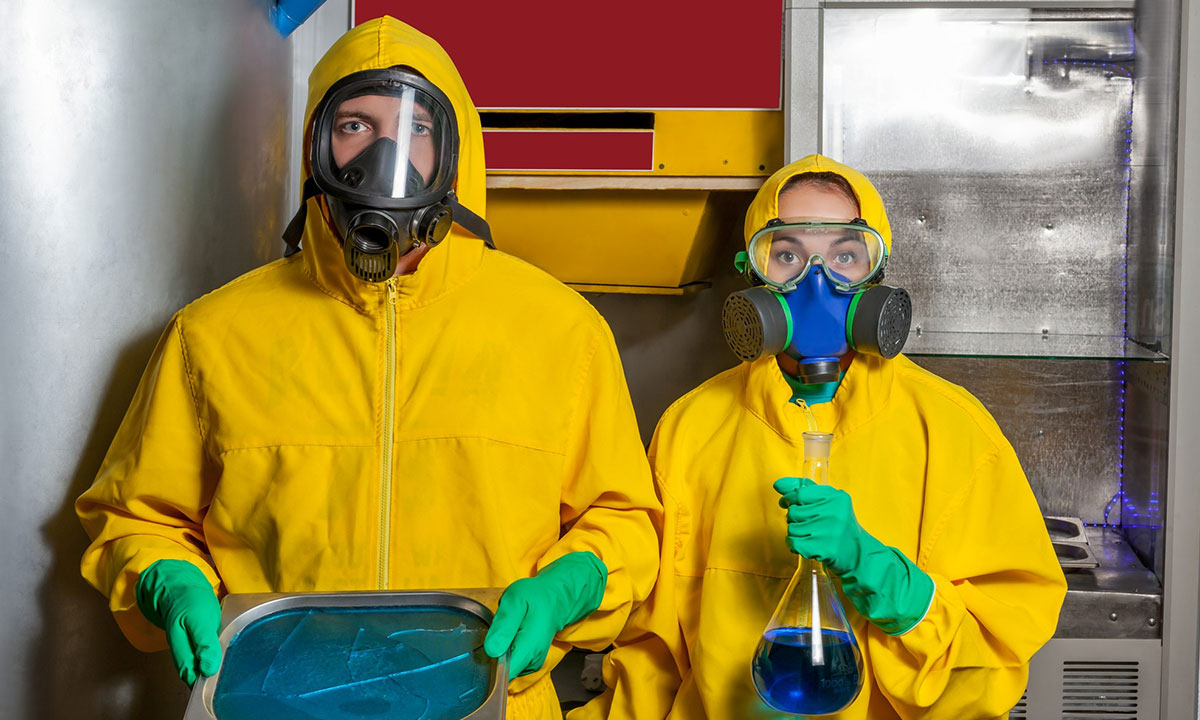A variety of individuals follow an assortment of passions and are skilled in different professions. Some people work in environments that require them to be more careful about the type of clothes they wear to their place of work.
Flame-resistant clothing is a type of personal protective equipment (PPE) designed to protect the wearer from exposure to fire. The term “flame resistant” does not mean that the clothing will not catch on fire, but rather that it is less likely to ignite and will self-extinguish if it does catch on fire.
Flame-resistant clothing is of prominent use for professionals who work at energized sites or places where combustible substances tend to linger in the air, such as research laboratories, fire services, and electrical or oil and gas plants. This clothing tends to become a tool for workers taking up dangerous jobs, providing an extra layer of protection from flames or thermal injuries.
Types of FR Clothing
There are two main flame-resistant resistant fabrics: natural fibers and synthetic fibers. Natural fibers, such as wool and cotton, have been treated with chemicals or other finishes that make them more resistant to ignition and help them extinguish more quickly once they are on fire. Synthetic fibers, such as nylon and polyester, are inherently flame resistant and do not require chemical treatment.
Benefits of FR Clothing
When it comes to working in hazardous environments, safety is always the top priority. That’s why many employers require their employees to wear flame-resistant (FR) clothing. FR clothing is designed to protect workers from exposure to fire and heat.
- FR clothing is made from materials that won’t ignite or burn when exposed to flames or heat. This type of clothing also doesn’t melt onto your skin like traditional fabrics.
- Wearing FR clothing can help prevent serious injuries or even death in a fire or explosion. In some cases, FR clothing may also help reduce the severity of injuries sustained in a fire.
- FR clothing is an important part of any safety program for workers exposed to fire or heat hazards. When used correctly, this type of clothing can help keep workers safe and protect them from serious injuries.
Care and Maintenance Tips for FR Clothing
If properly cared for, FR clothing protects workers from flash fires and electric arc flash flames. Here are some tips for keeping your FR clothing in top condition:
- Wash your FR clothing in a mild detergent designed for synthetic fabrics after each use.
- Inspect your FR clothing regularly for signs of wear and tear, and replace any damaged items immediately.
Professions which require Flame Resistant Clothing
Gas & Oil Industries
Gas and oil are highly flammable substances, a hazardous industry to work with. Thus, it is essential for individuals working in the industry to wear protective gear and uniforms to avoid any hazards.
Pharmaceuticals Industry
The pharmaceutical industry deals with an assortment of flammable chemicals and solutions. Using all kinds of precautions and protection while working with chemicals is imperative. The employees have to cover their bodies with flame-resistant material to protect themselves.
Metal Processing industries
It is a popular opinion that the metal processing industries are one of the most dangerous industries. These industries require individuals to work in high temperatures as the metal is processed to melt. The workers wear not only protective uniforms but are also handed over several protective gears to wear while processing the metal.
Conclusion
Flame Resistant Clothing (FRC) is crucial for individuals working in hazardous environments such as aviation, where there is a fire risk. FRC protects workers from heat and flames and delays or prevents clothing ignition. Understanding the different types of FRC, their protection levels, and their appropriate use is vital for ensuring the safety of employees. As a result, aviation uniform suppliers must provide workers with FRC that meets industry standards and regulations. To ensure that FRC meets these standards, it is important to look for certification labels and tags from reputable organizations. With a proper selection from pilot uniform manufacturers, workers can stay protected on the job and minimize the risk of injury from fire-related incidents.



